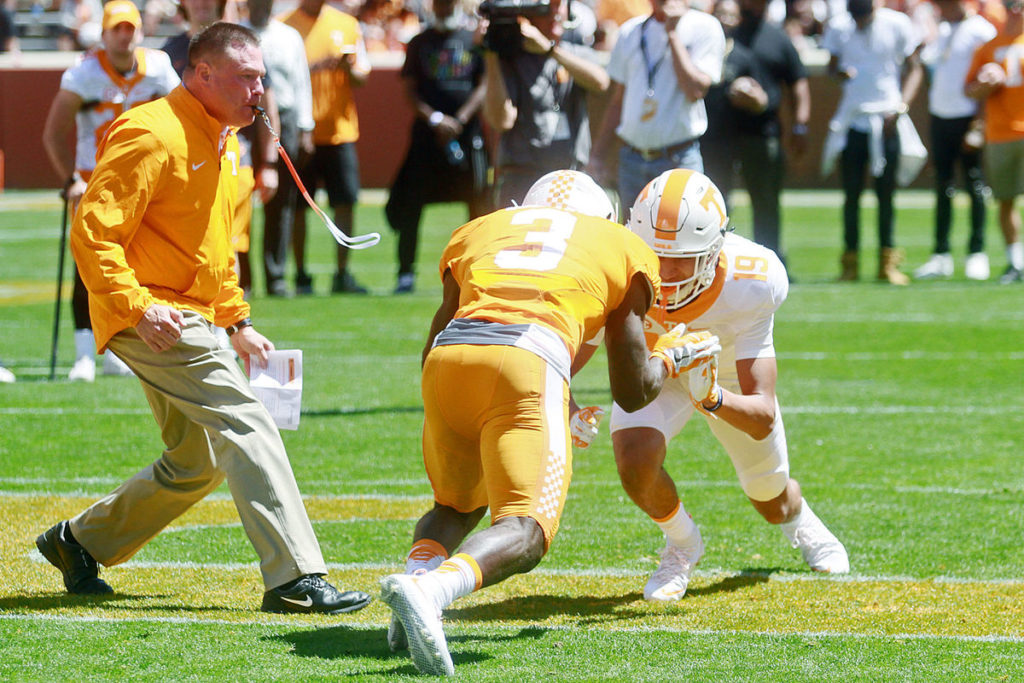| 10 – Work Capacity Development |

All to often, the failure of an athlete’s development is simply the result of having a poor plan of attack—one that does not address the needs of the sport and the manner with which to achieve results. The result , ulyimately, is the maddening “What if?” type of questioning of “what if” as well as unrealized or wasted potential. As I have noted on so many occasions, my greatest goal as a coach is to teach young athletes of seemingly common ability that they each possess an untapped source of physical talent. I have placed work capacity development as the last topic because I wanted first to impart to you those concepts needed at the start of training.
Work capacity is being addressed later in my training program, after we have laid a good foundation of these other skills.
In considering work capacity, you must first recognize the obvious: We are not all created equal in the physical sense. This is an absolute truth, regardless of what can be said about the nature of competition and personal drive. In fact, within organized sports, there is a so-called elite-level of athletes. A perfect example can be found in my own sport, football.
General Physical Preparation (GPP)
Like a great building, athletic development must start with the construction of a solid foundation. While we can debate many complex issues of training, the need for a solid base cannot be disputed. All future development depends on it. At the base of my training is General Physical Preparation, or GPP . As the name implies, this is an element of training that balances the development of a variety of general physical skills, achieving the following results:
• Enhances motor skills
• Specifically trains for certain movement patterns that translate directly to sport-specific patterns
• Increases the work threshold, which in turn increases the level of fitness and sport preparation
• Promotes active physical recovery
• Promotes psychological regeneration for strenuous training
• Provides a conduit for the important transition to Specialized Physical Preparation, or SPP
Combative Work
One area that is paramount to the successful performance of athletes is combative training, or the use of contact and hand strikes, which can be classified as a type of SPP. For players at all positions of the game (excluding quarterback), hand strikes and the speed at which they’re delivered often result in making tackles made and thus decide the flow of the game. Most training
Some programs fail to recognize this, however. In fact, combative training is possibly the most overlooked facet of specialized physical preparation in football. As a result, most players stay clear of these drills from the end of the season until the start of training camp. For the football player to ignore this component of training is tantamount to a boxer not practicing punches or not hitting a bag for two-thirds of the year.
My training uses some basic punch patterns to reinforce the speed and explosiveness as well as to improve technical proficiency. The repetition involved in punch work will make athletes comfortable in their game functions and allow them to operate in reflex mode.
In this session we will focus on:
– Jumping Jacks
– Shuffle Splits
– Burpees
– Mountain Climbers
– Wheelbarrow Drags
– Farm e r’s Wa l k
– Pulling Sled/Ti re Wa l k
– Pulling Sled/Ti re Straight Leg Drag
– Pulling Sled/Ti re Walk with Arms Outstretched

